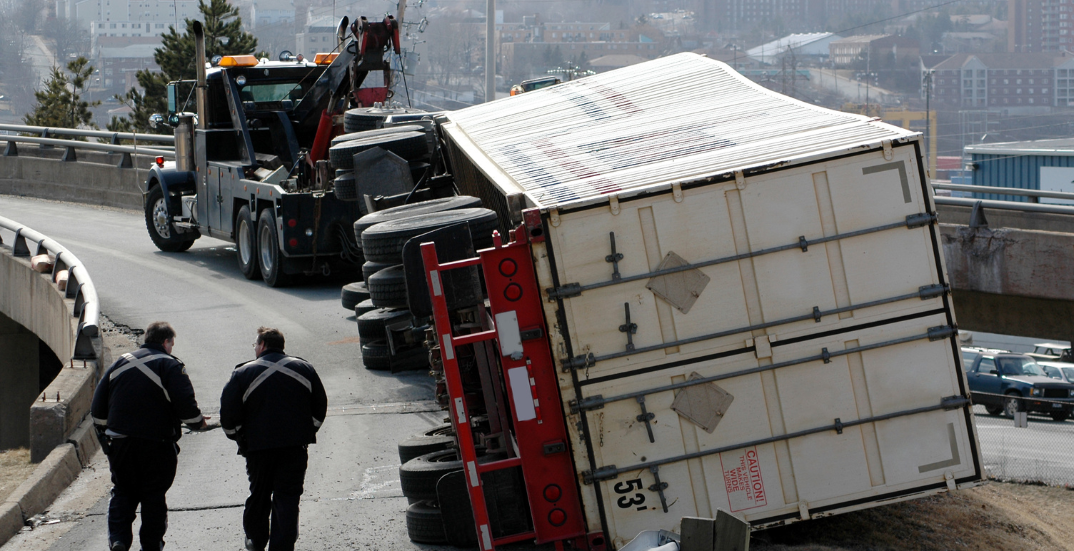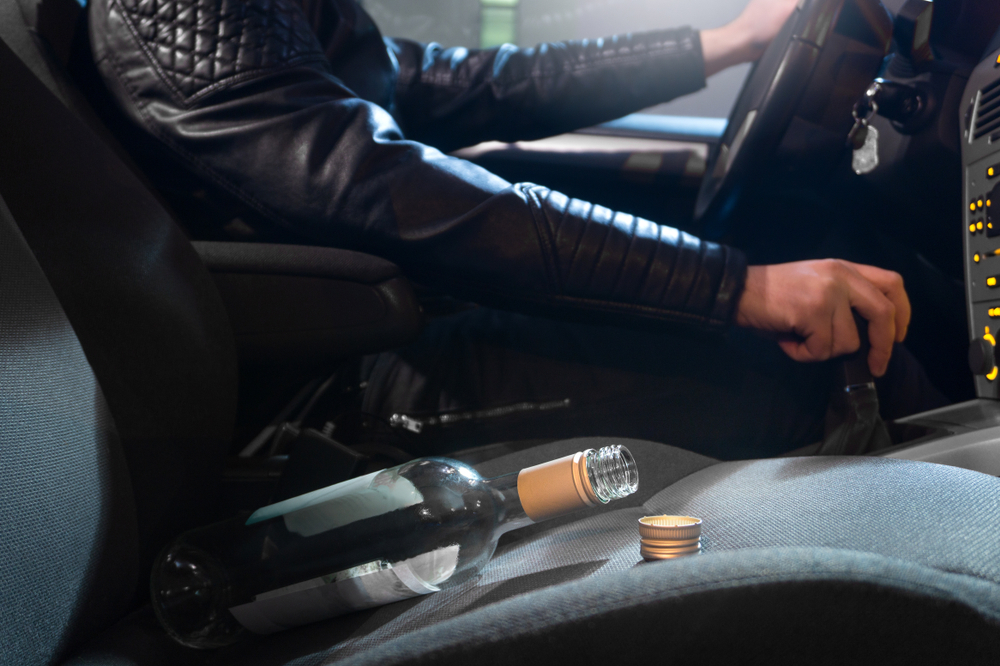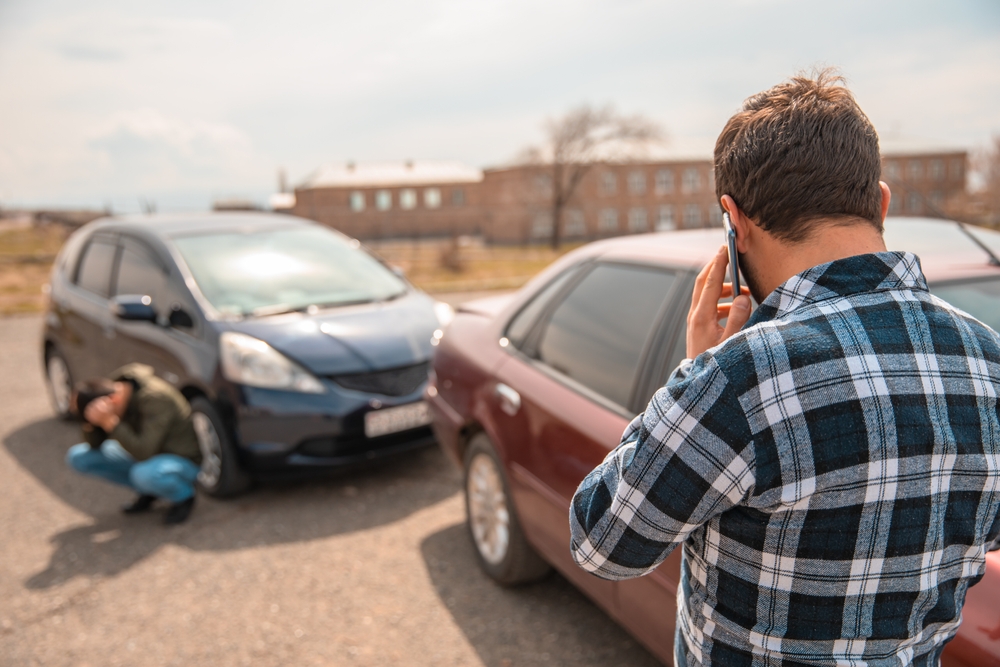
If you or somebody you care about sustains an injury caused by the actions of another individual, business, or entity, you will likely be able to recover compensation through an insurance settlement or a personal injury lawsuit. However, before you can secure compensation, you have to provide evidence to prove that the other party caused the injury.
Here, we want to discuss the various types of evidence used to prove personal injury claims in California. Please note that the types of evidence needed for one type of case will likely be very different than the types of evidence needed for another type of claim. For example, the evidence needed to prove an injury after a vehicle accident will look different from the evidence needed to prove that a medical error occurred.
Physical Evidence
Anytime a person sustains an injury, there will be various types of physical evidence as a result of the incident. Depending on the cause of the injury, physical evidence can include weapons used to cause a person harm to other tangible objects for the courtroom to observe.
Some types of evidence can include clothing, tools, equipment, vehicles, and more. Anything that could be used to pinpoint liability and show insurance carriers or a personal jury what happened should be preserved.
Accident Evidence
Many personal injury cases revolve around vehicle accidents. In these cases, there is often plenty of evidence that needs to be obtained and preserved. Some of the most common types of evidence used to prove fault in a vehicle accident claim include the following:
- Photographs taken at the scene of the incident
- Video surveillance from nearby cameras
- The vehicles themselves
- Debris around the accident scene
- Police reports
- Mobile device data
- Vehicle “black box” data
- Documents Related to the Injury
Injury claims are going to generate plenty of documentation. This can include documents related to medical treatment and medical bills as well as important forms for insurance purposes. Other documents that may be relevant in a personal injury case include bills that prove out-of-pocket expenses caused by the injury, pay stubs and tax returns that can prove lost income, and bills or receipts to show necessary property damage repairs.
Eyewitness Testimony
Testimony from eyewitnesses can play a valuable role when it comes to insurance carriers or during a personal injury trial in court. If an eyewitness saw what happened, they can provide testimony backing up the claim. This can bolster personal injury cases in favor of the plaintiff.
How is Evidence Preserved While a Case is Ongoing?
It is crucial for individuals involved in injury cases to preserve any evidence that could help their case. Often, this means that individuals have to begin gathering evidence as soon as an incident occurs, but only if it is safe to do so. It is crucial for injury victims to work with a skilled attorney who can get involved early and help preserve the evidence. A personal injury attorney will send a letter of spoliation to all parties involved informing them that they need to preserve all evidence because a civil claim may proceed forward.




